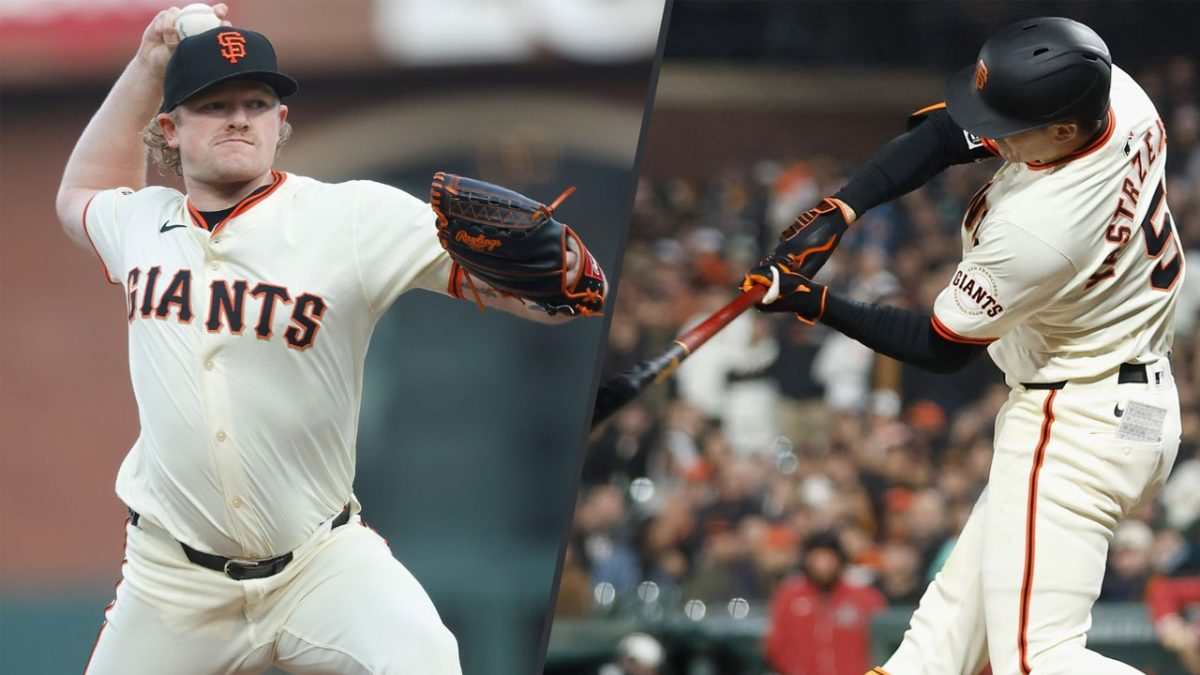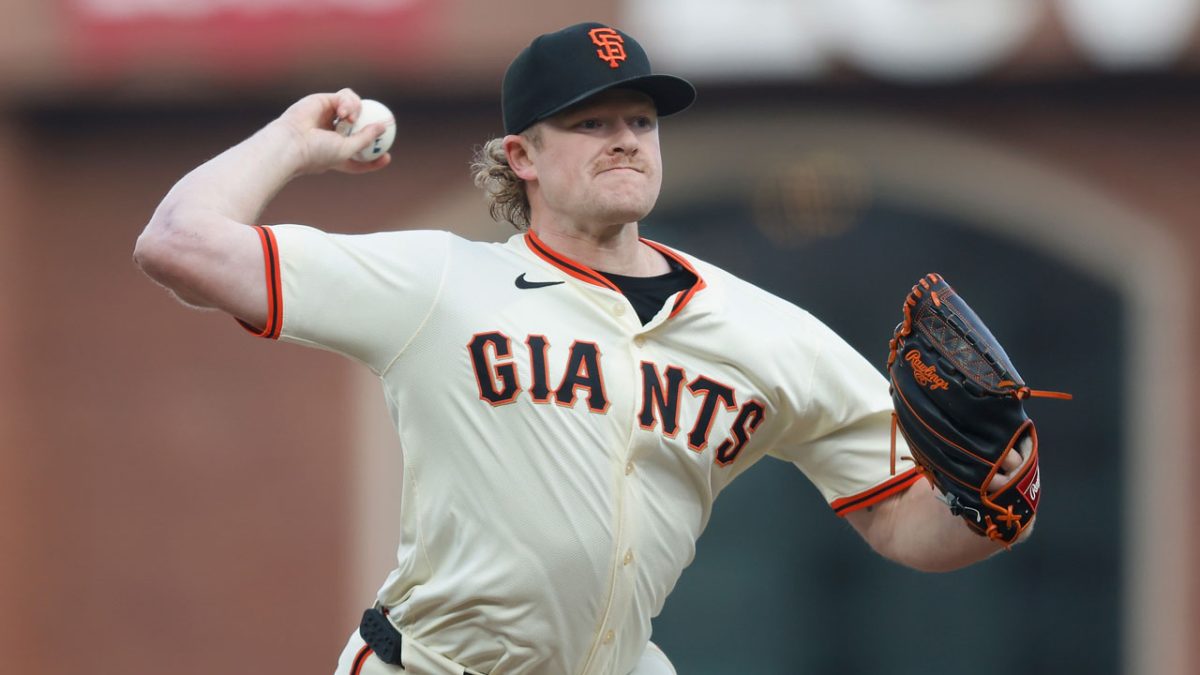Two things have become clear over the first 13 Giants games. Gabe Kapler and his new coaches are going to make a lot of decisions that are slightly -- or very -- different from what we saw from the previous regime.
But Kapler is also going to be very open about explaining them.
There were a few that stuck out in Wednesday's win and during the series in Colorado. Some of those deciscions hit on bigger themes.
Stay in the game with the latest updates on your beloved Bay Area and California sports teams! Sign up here for our All Access Daily newsletter.
Kapler was happy to dig into the thought process a little bit after Wednesday's game and again Thursday morning.
[BALK TALK: Listen to the latest episode]
Here's how he broke it all down.
Why was Donovan Solano, not Brandon Crawford, the only player on the left side of the infield in some shifts Wednesday? The Giants have generally left Crawford to patrol the whole left side when they shift, knowing that he has more range and a better arm than their other options. But Crawford was playing a bit to the right side of the bag in those situations Wednesday, and Solano booted a grounder to "short," costing Logan Webb an early run.
"We've spent a lot of time looking at spray charts to determine where the ball is most likely to be hit, so where the biggest clusters are," Kapler said. "We feel like oftentimes Craw is going to be on the other side of the (second base) bag because that's where the ball is most likely to be hit. I understand the thought, which is that Craw is very comfortable on the left side of the diamond.
San Francisco Giants
"He's in that position naturally, but we really want to catch as many balls as possible, so you kind of put your better defender, the one that's the general of the infield, in the spot that you think the ball is going to be hit."
Why are the Giants playing the infield in so often with a runner on third, especially at Coors, where you try to avoid the big inning?
"It's trickiest at Coors, obviously, because it's such a high-run-scoring environment, and because outs are at such a premium," Kapler said. "It's an easier answer for me when we're at Oracle or other ballparks around the league, and that answer is you actually don't lose as much of an advantage as you think when playing the infield in and you record almost as many outs. And, you guys know how win expectancy changes pretty dramatically based on the score. One of the things that you'll likely see from us is that if we're up a run, in a tie ballgame, down a run, those are opportunities for us to play aggressively and bring our infield in.
"You'll also see us from time to time bring our infield in if we have two strikes on a batter and we started with our infield back. One of the reasons we do that is because we're maybe anticipating weaker contact on the ground and any time we can wipe out a run at the plate or record an out and keep a runner at third base, we want to do it. In Colorado, it's really context-dependent and there's just some gut feel to that. It's less perfect, I'll just say that. I think you saw how we played (Trevor) Story specifically. We waited until he got a couple of strikes on him and we're always trying to apply a little pressure."
Why did Tony Watson pitch the seventh when Nolan Arenado, who was 6-for-13 against him, was due up first? Arenado hit a solo homer to cut the lead to 4-3.
"We know that he's not just going to face Arenado, and I know that Arenado has done damage against Watty in the past. But given the stretch of left-handed bats that were coming up and the likelihood that you're not just going to face three (batters), you might have to face four, you might have to face five -- and we have three innings to cover at that point, the seventh, the eighth and the ninth. I have three really high-quality leveraged arms to go to. Watty, Gott and Rogers, in no particular order.
"If you think about each one of those relievers having to take down a different portion of the lineup, we felt that stretch through lefties was an optimal spot and then that would give us Rogers and Gott at the top of the lineup. That's sort of how it played out. We didn't have the best matchup there with Arenado, we know that, but we really liked the matchups coming behind him and we thought we had to make the tradeoff somewhat."
This one really was a tradeoff for Kapler and the Giants, and it worked out. Arenado did homer, but Watson did end up facing three lefties after that (plus pinch-hitter Matt Kemp) and he got out of the rest of the inning. Rogers and Gott closed it out from there.
[RELATED: Zaidi explains why Giants haven't called up Bart]
Why not pinch-run for Pablo Sandoval after he singled with one out in the ninth? The Giants had a one-run lead.
"The concept was you pinch-run for Pablo there with Pence, but in Colorado, you have to assume that there might be a run scored and you might be facing extra innings, and with the extra innings looming you still have Pence as a bench bat knowing that they have a couple lefties looming and some other matchups for Pence. Given the fact that we deployed Longo on defense, we deployed Dubon on defense, we know that that game might have gone quite a bit longer. We just didn't feel like the upgrade was going to be meaningful enough at that point."
That one was the right call, too. Crawford hit into a double play, so ultimately it wouldn't have mattered who was on first base. It was a solid night for the staff, which spends hours before and after games discussing these decisions (Kapler said he watched that botched throw to home five times with Ron Wotus and Kai Correa the other night before meeting the media). Hopefully this gives you a little insight into the process.


